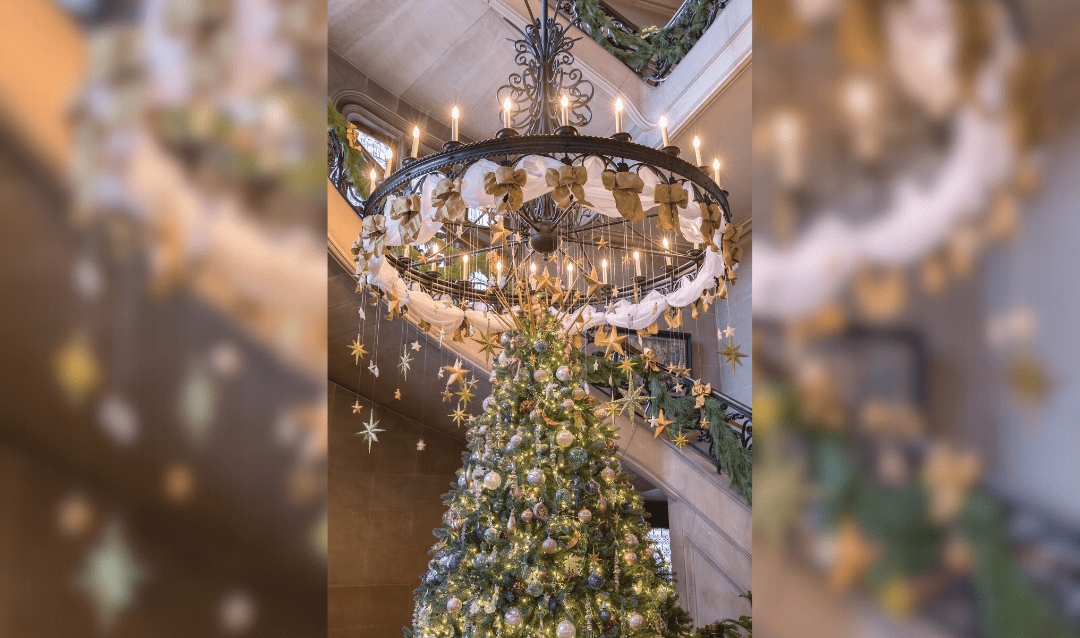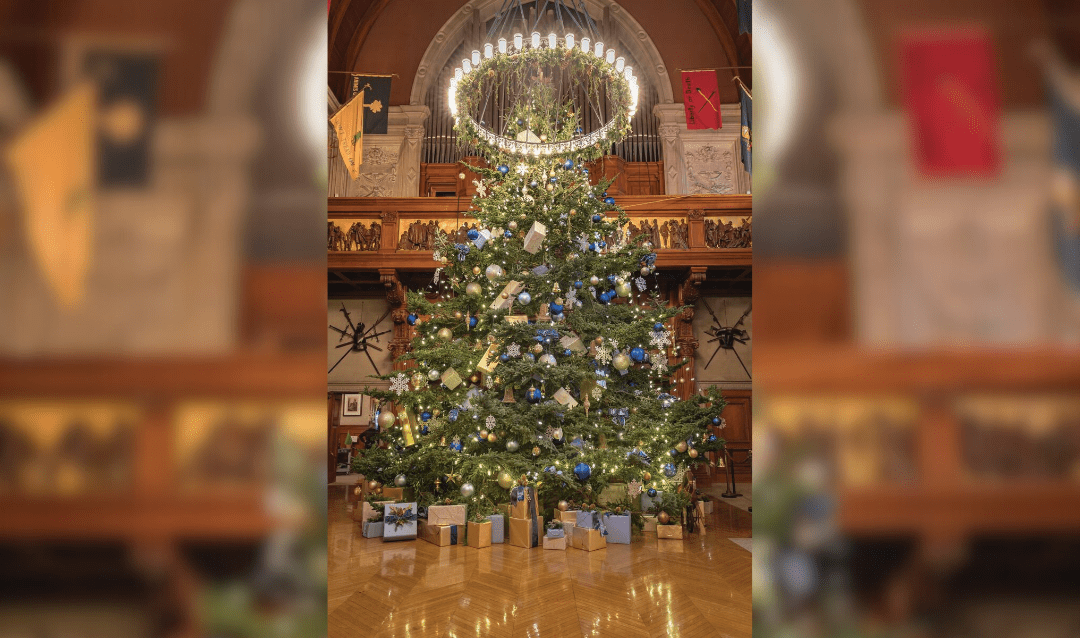We hope you enjoy this archived content. A Vanderbilt House Party – The Gilded Age was a special exhibition hosted in 2019.
The Banquet Hall table in Biltmore House has been set for dinner. Won’t you join us?
For the first time in many years, the 40-foot-long table in the Banquet Hall was set with its full Gilded-Age finery, as it was when George and Edith Vanderbilt entertained their guests in Biltmore House.

Ready, set, eat!
Set for our special 2019 exhibition, A Vanderbilt House Party – The Gilded Age, the table was adorned with the Vanderbilt family’s stunning Baccarat crystal, monogrammed Spode china, silver, candelabra, and linen damask napkins. Sumptuous and elaborate floral designs filled the table, assembled in multi-tiered silver pieces.
“Dinner at the turn of the last century was an important form of social interaction,” said Darren Poupore, Biltmore’s chief curator. “A dinner party was an opportunity to see and be seen and to practice the art of conversation. Dining etiquette had become formalized to the highest degree, with strict rules that dictated elegant manners and proper behavior.”
During A Vanderbilt House Party, the table was set for a seven-course meal for 18 guests based on an actual meal served in the great hall in 1904.
A single place setting for one person contained 18 pieces, with a place card displaying the guest’s name written by hand.
Add to that salt cellars, salt spoons, multiple serving trays, and bread baskets.
Depending on the number of food courses, a guest would sit down at the dinner table and see as many as 40 pieces of porcelain, crystal, and silver that he/she would use throughout the various courses of the meal.
Banquet Hall Table settings
- 1 dinner plate
- 4 forks – 1 each for the entrée, roast, fish and game courses
- 3 knives – 1 each for the entrée, roast and fish courses
- 1 soup spoon
- 6 glasses – one each for sherry, claret, champagne, burgundy, a hock glass, and a tumbler for water
- 1 napkin
- 1 piece of bread inside the napkin
- 1 place card

Also on the table:
- 8 salt cellars
- 8 salt spoons
- 4 salvers (serving tray)
- 5 tazzas (serving dish with pedestal)
- 9 baskets
- 4 candelabra
- 1 tablecloth
- 1 epergne (tiered serving piece)
Guests would linger for hours over dinner and engage in conversation. Each received an assigned seat, as arranged by Mrs. Vanderbilt earlier in the day.
Our archives tell us she always placed Mr. Vanderbilt and herself at the center of the table opposite of each other. She would seat the male and female guests of honor to the right of the host and hostess.
Making sure to follow proper etiquette of alternating ladies and gentlemen, she then seated the rest of the party.
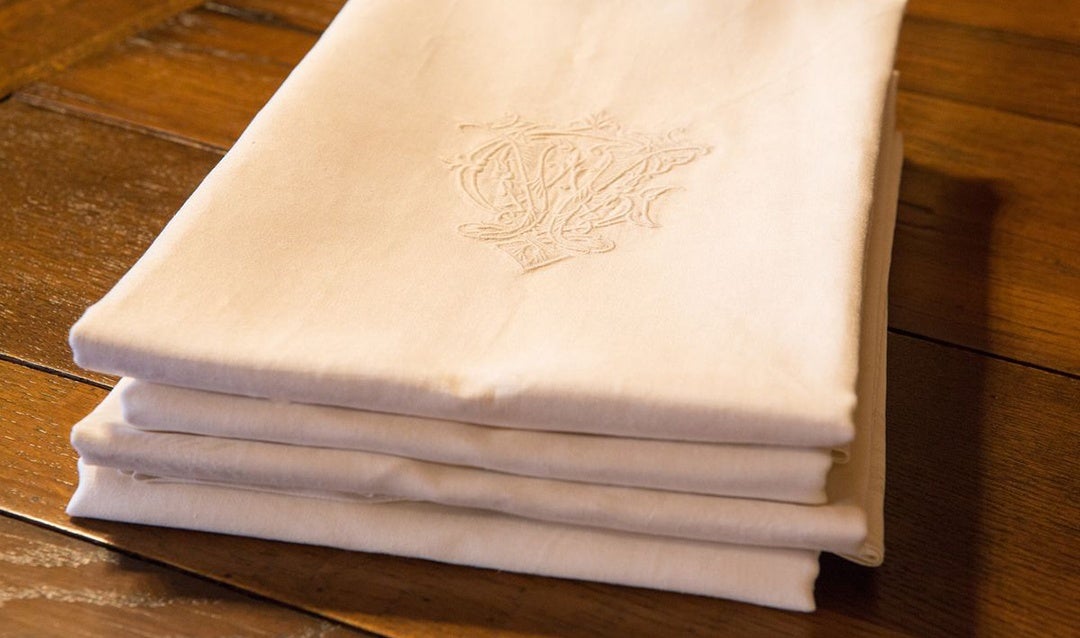
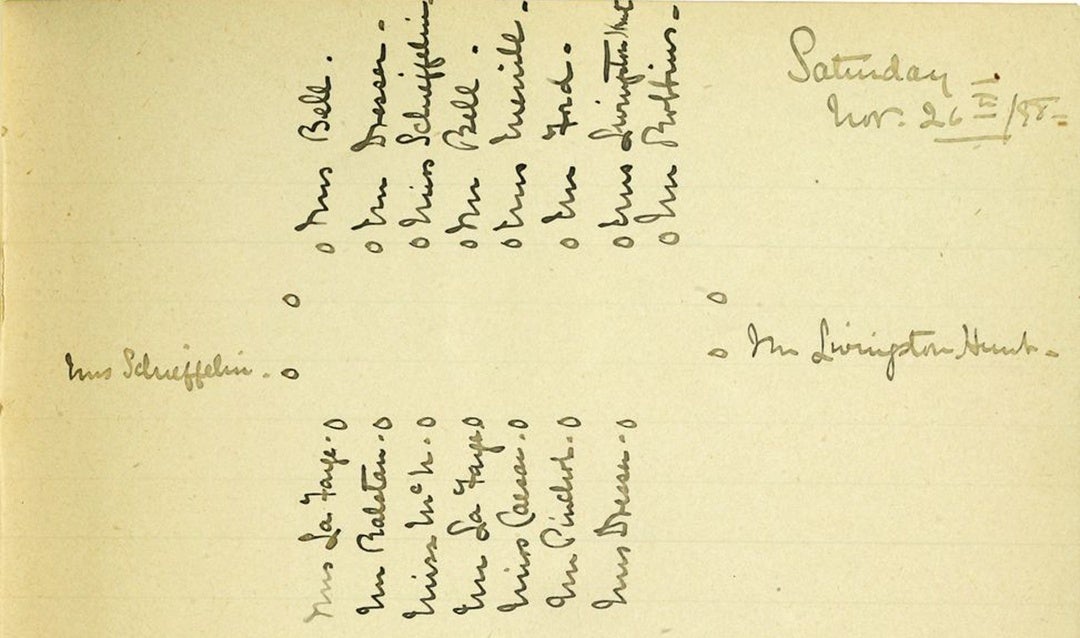
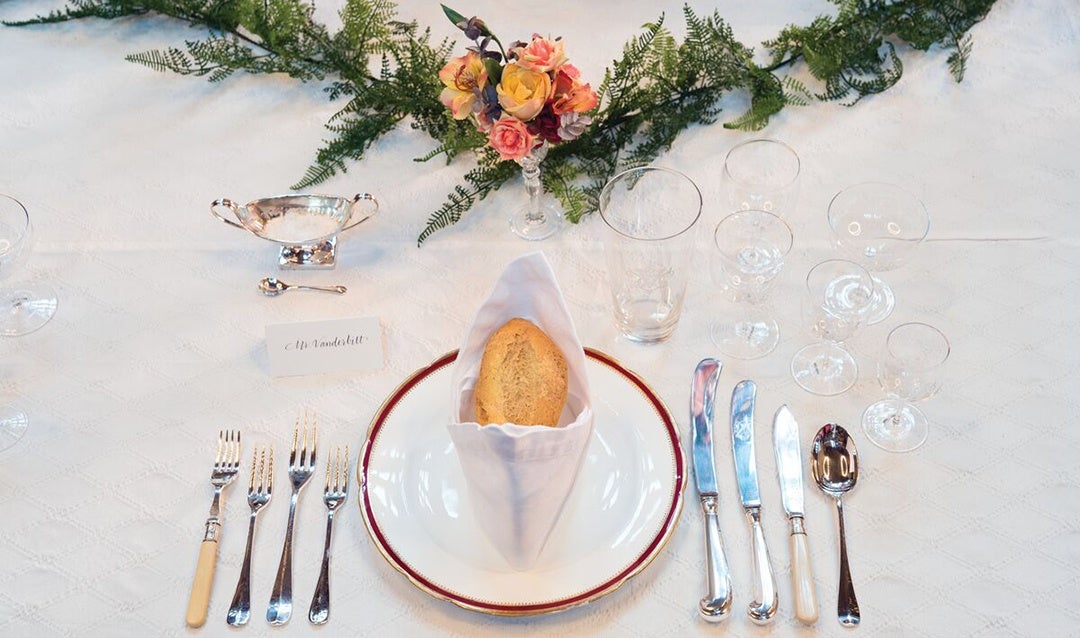
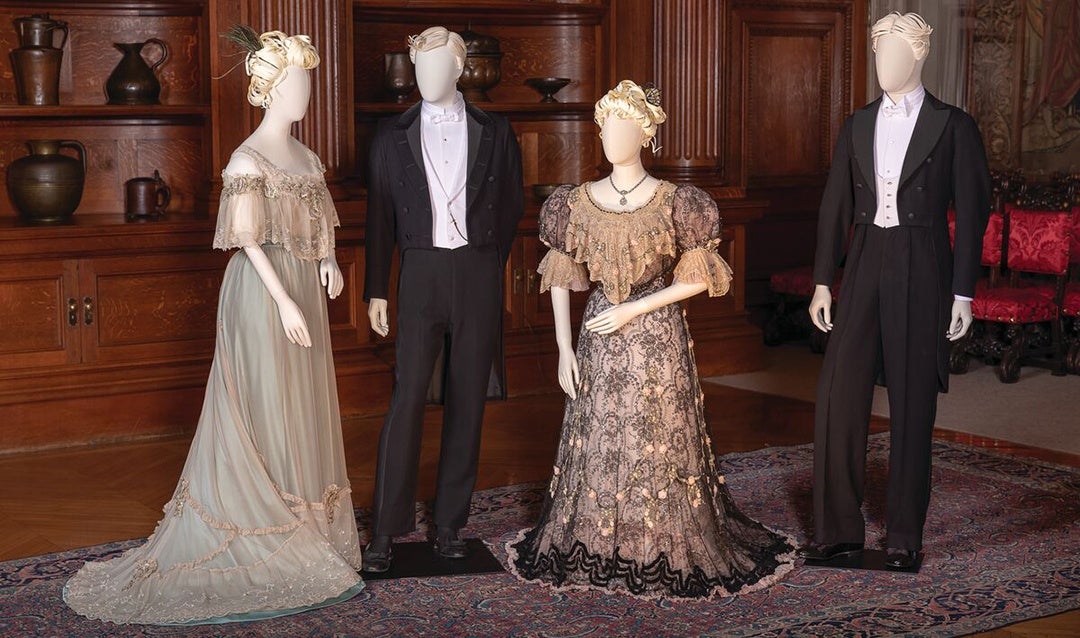
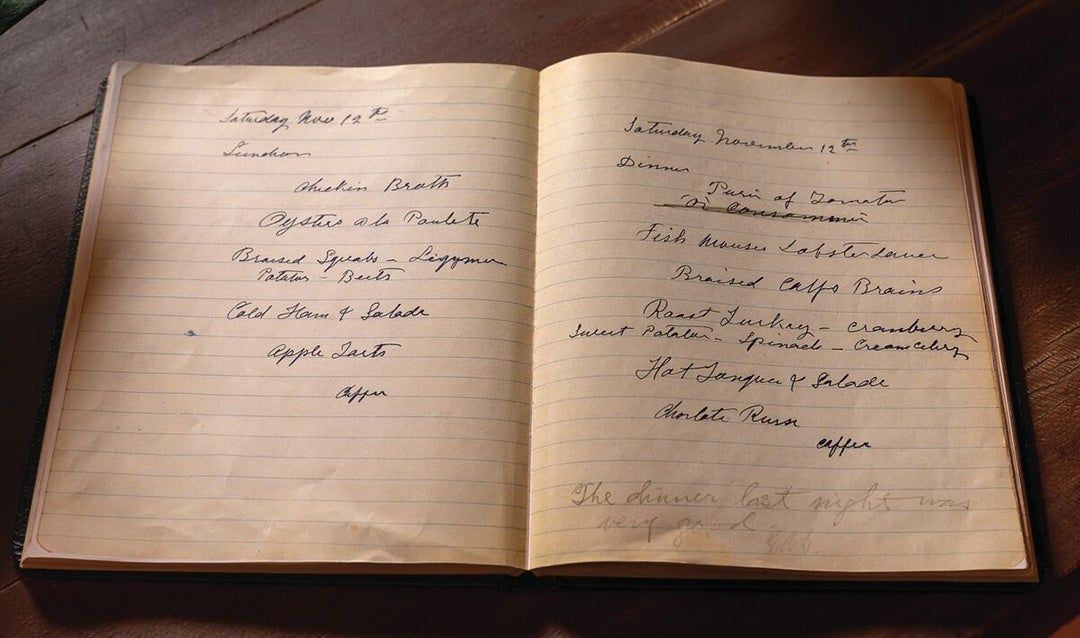
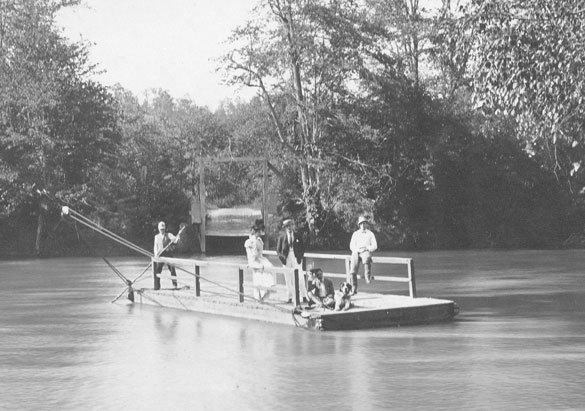

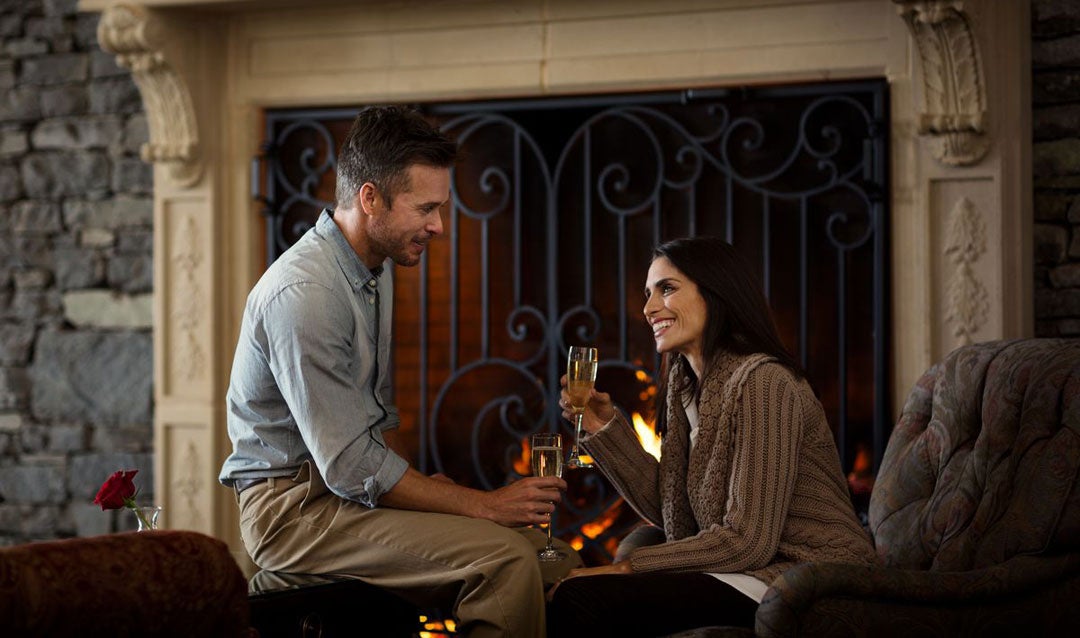







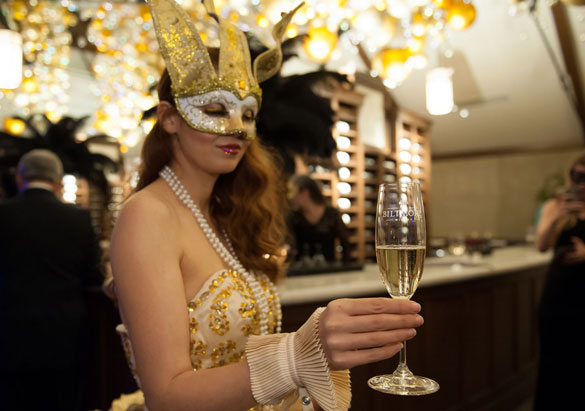








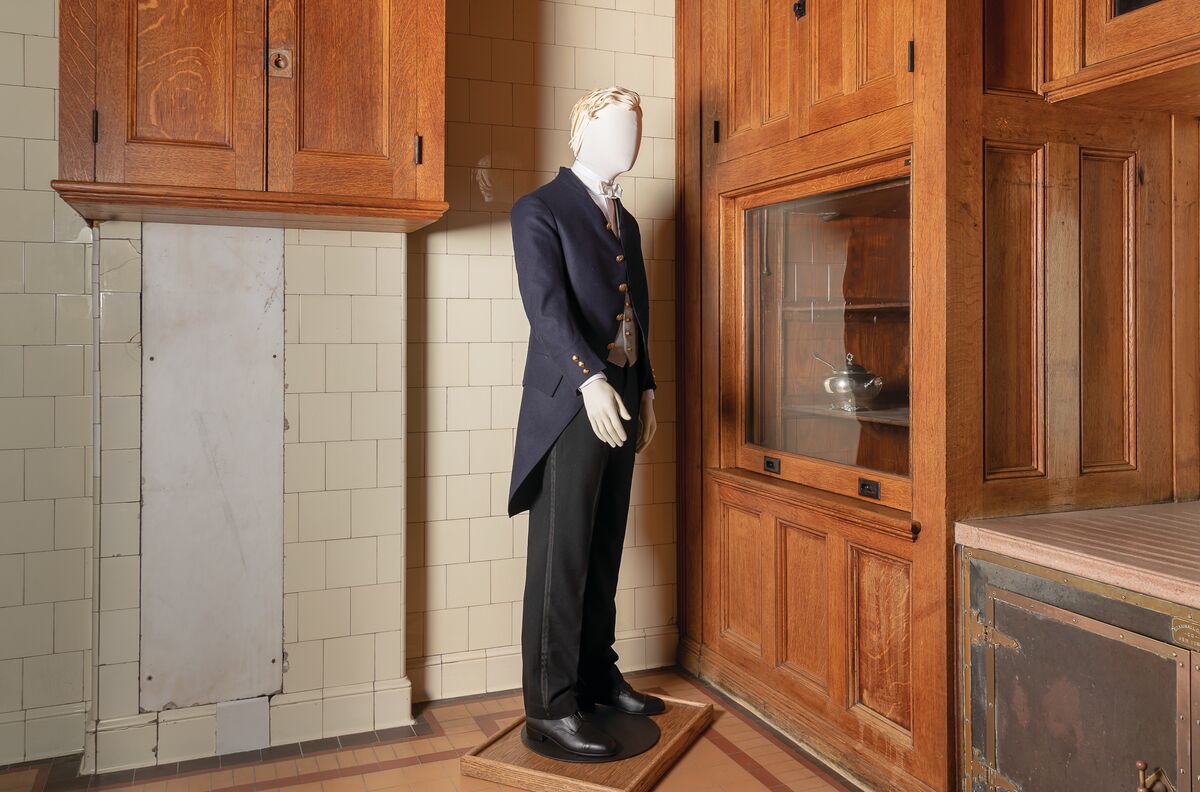
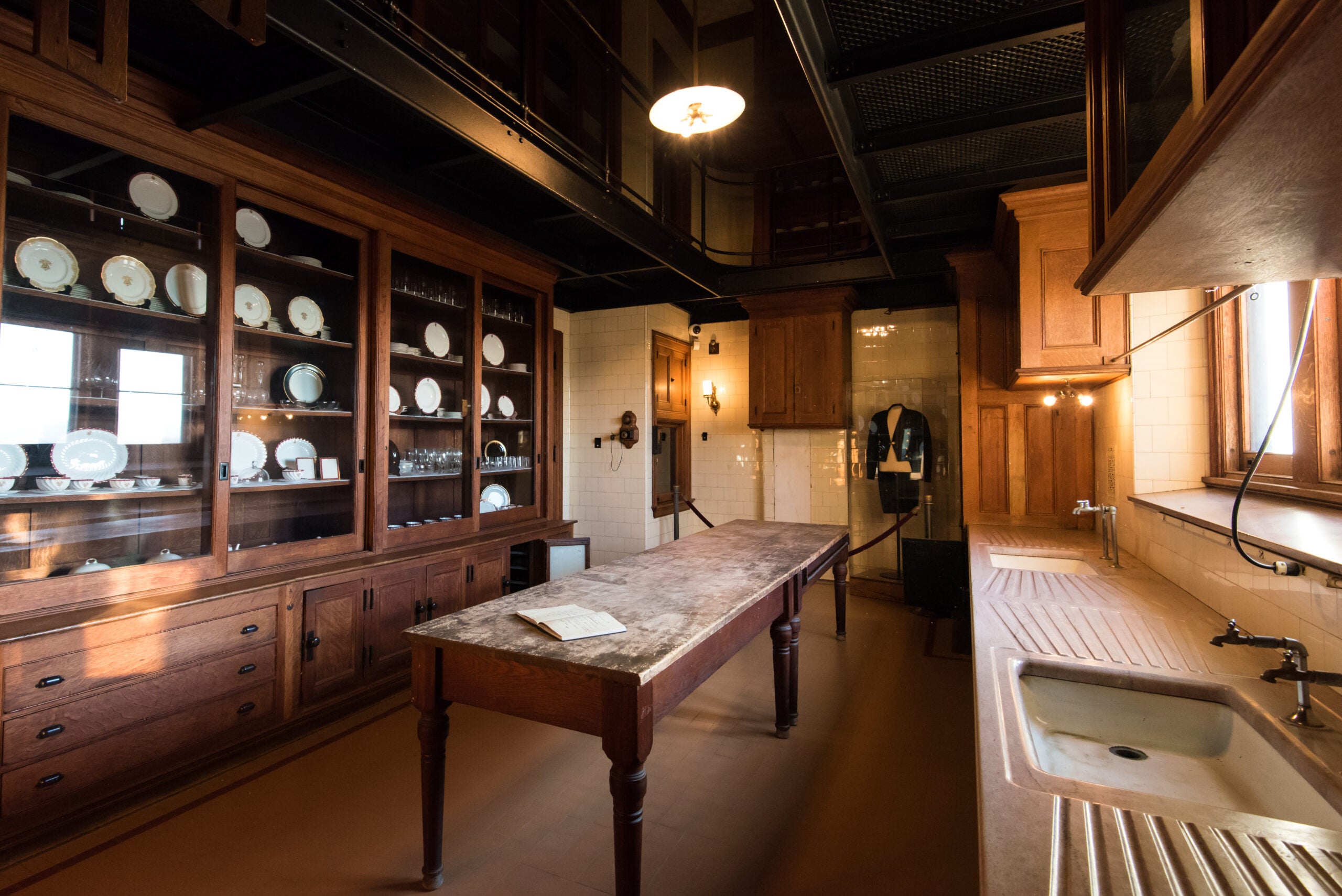
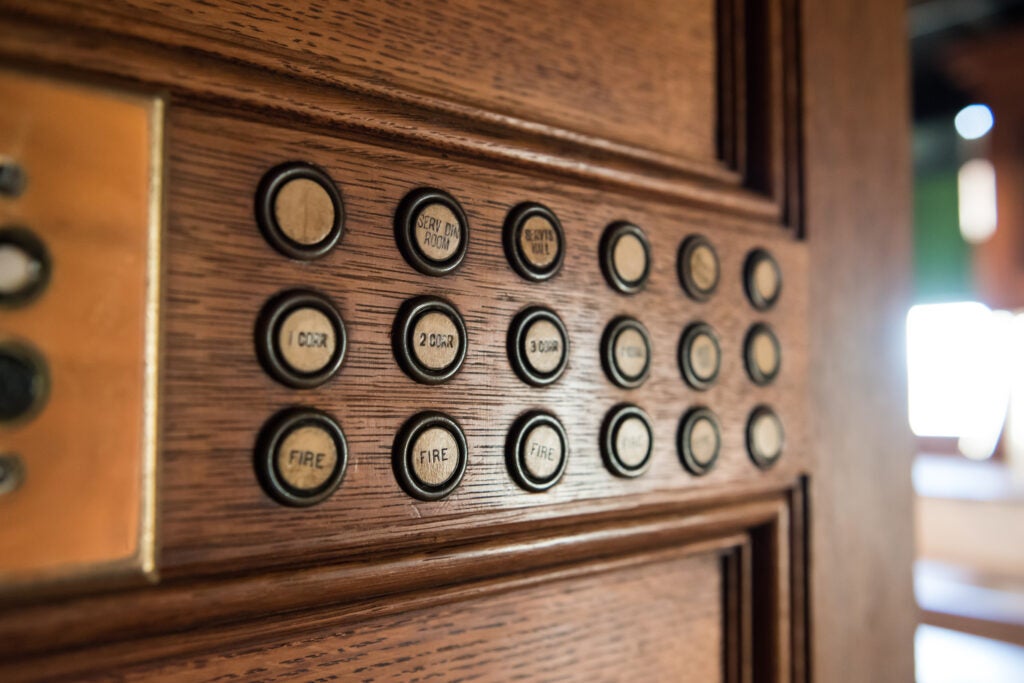
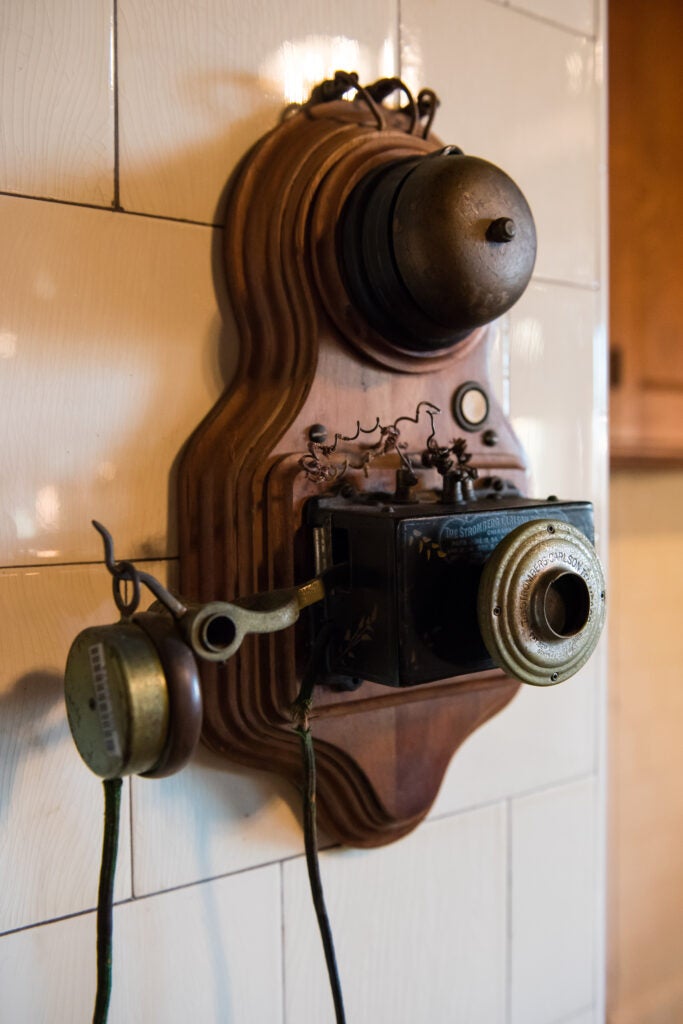
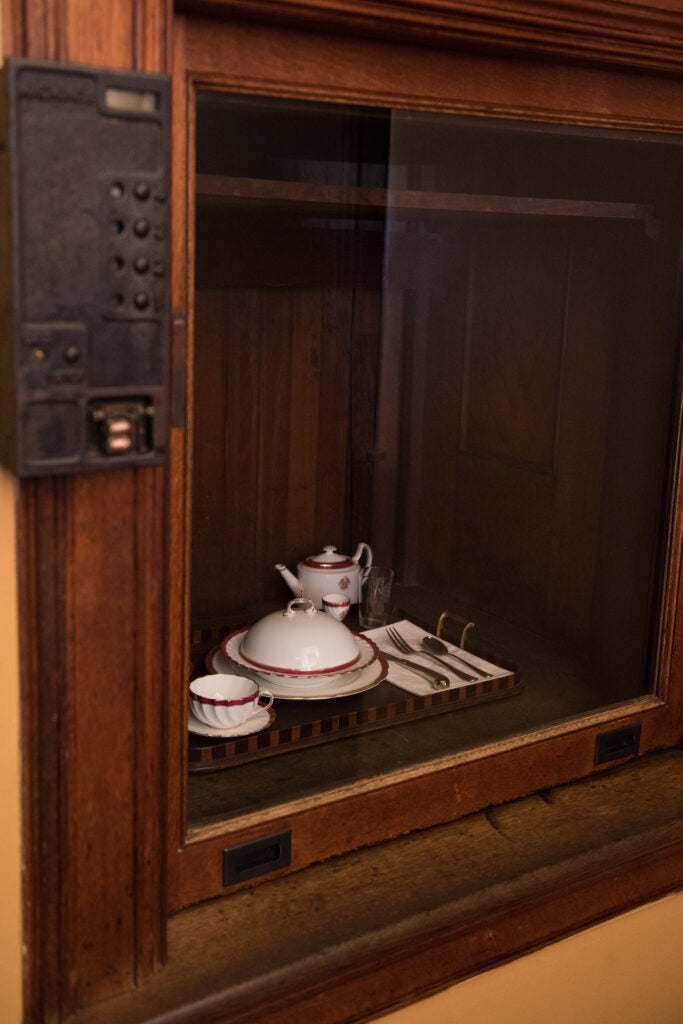
 Bill Alexander amidst the landscape Frederick Law Olmsted designed for Biltmore
Bill Alexander amidst the landscape Frederick Law Olmsted designed for Biltmore

 Olmsted’s design for the Bass Pond dam and spillway are still functional today
Olmsted’s design for the Bass Pond dam and spillway are still functional today Two Biltmore icons: Bill Alexander and the Bass Pond bridge
Two Biltmore icons: Bill Alexander and the Bass Pond bridge